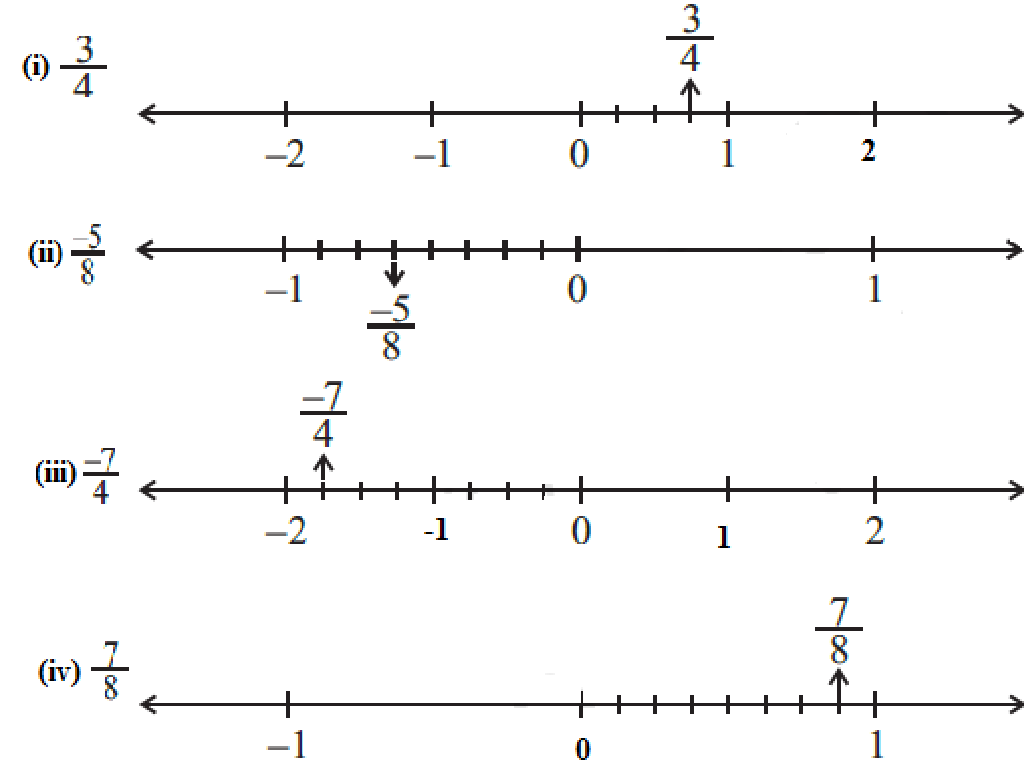Write The Addition Or Subtraction Rule For An Input/Output Table - Up To 20
Subject: Math
Grade: Second grade
Topic: Mixed Operations: One Digit
Please LOG IN to download the presentation. Access is available to registered users only.
View More Content
Becoming Math Detectives with Input/Output Tables
– Learn addition and subtraction rules
– We’ll add or subtract numbers to find a pattern
– Explore input/output tables up to 20
– Tables help us organize numbers and see the rules
– Find patterns in numbers
– Look for how numbers change from input to output
– Practice being math detectives
|
This slide introduces second graders to the concept of input/output tables in the context of mixed operations, focusing on addition and subtraction within 20. Start by explaining that an input/output table is a way to organize numbers and the rules that change one number into another. Encourage students to look for patterns in how the input number becomes the output number. Is the output always bigger (addition) or smaller (subtraction)? Use simple examples to illustrate the concept, such as adding 2 or subtracting 1 from the input number. Have students practice with different rules and tables to solidify their understanding. The goal is to make them comfortable with identifying the rule that applies to the transformation of numbers in these tables.
Understanding Input/Output Tables
– What is an Input/Output Table?
– A table showing how numbers change.
– Input leads to Output
– We add or subtract to the input number to get the output.
– It’s a Math Machine!
– Imagine putting a number into a machine that adds or subtracts.
– Rules of Addition/Subtraction
– The rule tells us exactly what to do to the input number.
|
This slide introduces the concept of input/output tables to second-grade students, making it relatable by comparing it to a ‘math machine.’ Start by explaining that an input/output table is a way to see how numbers change when we apply certain rules. Emphasize that the input is the number we start with, and the output is the result after we add or subtract a number. Encourage students to think of it as a fun game where they put numbers into a machine, and it gives them a new number. Finally, explain that the rule of the table is like instructions for the machine, telling it whether to add or subtract to get the output. This sets the foundation for further activities where students will practice creating and interpreting their own input/output tables with addition and subtraction rules.
Exploring Addition in Input/Output Tables
– Understanding addition concept
– Addition combines numbers into a larger sum
– Addition makes numbers grow
– When we add, the result is a larger number
– Example: Adding 2 to inputs
– Start with an input number and add 2 to find the output
– Predicting the output results
– Use the rule to find outputs for different inputs
|
This slide introduces the concept of addition as a way to combine numbers, resulting in a larger sum. Emphasize that in an input/output table, when we apply an addition rule, the output is always greater than the input. Use a simple example, such as starting with the number 1 as the input and adding 2 to get the output of 3. Continue with several more examples, increasing the input each time and showing the corresponding output. Encourage students to think about what happens when we add the same number to different inputs and how this creates a pattern in the table. The goal is for students to recognize the rule of addition within the table and to apply it to find the output for any given input.
Exploring Subtraction in Input/Output Tables
– Subtraction: Taking numbers away
– Output decreases with subtraction
– Example: Subtract 1 from input
– If input is 5 and we subtract 1, output is 4
– Predicting the new output
– What happens if input is 10, 15, or 20?
|
This slide introduces the concept of subtraction in the context of input/output tables, which is a foundational skill in second-grade mathematics. Subtraction is explained as the process of taking numbers away, which results in a smaller output. Use the example provided to illustrate how subtracting a consistent number from each input leads to a predictable change in the output. Encourage students to apply this rule by predicting the output for different inputs, such as 10, 15, or 20, after subtracting 1. This activity will help solidify their understanding of subtraction and prepare them for more complex operations involving input/output tables.
Creating Our Own Addition Table
– Start with number 1
– Add 3 to each number
– Example: 1 + 3 = 4, then 4 + 3 = 7
– Fill in the output column
– What comes after 1, 4, 7 in the output?
– Discover the pattern
– See how adding 3 creates a sequence
|
This slide is designed to introduce students to the concept of input/output tables with a focus on addition. Start with the number 1 and demonstrate adding 3 to get the next number in the sequence. Have students predict the next few numbers in the output column before revealing the answers. This exercise helps students recognize and understand the pattern of adding a consistent number. Encourage students to verbalize the pattern and write down the output numbers up to 20. This activity will solidify their understanding of addition within 20 and prepare them for more complex patterns in future lessons.
Finding the Rule in Input/Output Tables
– What is an input/output table rule?
– It’s a pattern we use to change the input number to the output number.
– Discovering the addition rule
– If we add the same number every time, that’s our rule!
– Let’s find the rule together
– Practice with our Slide 5 table
– Use the table from Slide 5 to apply what we’ve learned.
|
This slide is aimed at helping second-grade students understand the concept of rules in input/output tables. Start by explaining that a rule is a consistent pattern used to change the input number to get the output number. Emphasize that if we’re always adding the same number, we’ve found our addition rule. Encourage the students to look at the table from Slide 5 and try to determine the rule by observing the changes from input to output. Provide guidance on how to identify the pattern and apply the rule. For the activity, have students work on finding the rule for the given table and prepare different examples for them to practice with. This will help reinforce their understanding of addition rules within input/output tables.
Practice Time: Addition & Subtraction Rules
– Let’s solve examples together
– Fill in missing numbers with a rule
– Look at the pattern and use the rule to find what’s missing
– Rules guide us to the right answer
– If we know the rule is add 2, and we have 5, what comes next?
– Practice makes perfect
|
This slide is designed for a hands-on practice session where students will apply the rules of addition or subtraction to complete an input/output table. Start by reviewing the concept of rules in math – a fixed mathematical operation that we apply consistently. Work through examples as a class, guiding students to identify the rule and use it to find missing numbers in the sequence. Encourage students to verbalize their thought process as they apply the rule. Provide immediate feedback and positive reinforcement. For homework, assign a few input/output tables for additional practice. This will help solidify their understanding of the concept.
Math Detectives: Find the Rule!
– Become a math detective
– Investigate input/output tables
– Look at the numbers, find the pattern to solve the mystery
– Partner up for detective work
– Two heads are better than one, find the rule together
– Review and check answers together
– Make sure your detective conclusions match
|
In this class activity, students will engage in a fun and interactive exercise to strengthen their understanding of addition and subtraction rules within input/output tables. Provide each student with a worksheet containing various input/output tables. Encourage them to observe the patterns in the numbers and deduce whether an addition or subtraction rule applies. Students should work in pairs to foster collaboration and peer learning. After they have completed the activity, ask them to compare their findings with their partner to ensure accuracy. This activity will help solidify their comprehension of basic arithmetic operations and the concept of mathematical rules. Possible activities for different pairs can include tables with different starting numbers, different rules (addition or subtraction), or even a mix of both operations to challenge their detective skills.
Becoming Table Experts: Conclusion
– Celebrate your detective work
– Mastery in addition/subtraction rules
– Practice makes perfect
– Keep solving different tables
– Aim to be table experts
– Use your skills to solve more complex problems
|
This slide is meant to congratulate the students on their hard work and encourage them to continue practicing their new skills. Emphasize the importance of practice in becoming proficient at identifying rules in input/output tables. Remind them that the more they work with these types of problems, the better they will become at recognizing patterns and solving for unknowns. Encourage them to apply these skills in different scenarios and assure them that with time and effort, they can become experts at working with input/output tables.
Homework Challenge: Math Detective
– Take home your math worksheet
– Discover the rule for each table
– Is it adding or subtracting? Look for patterns.
– Fill in all the missing numbers
– Use the rule you found to complete the table.
– Earn your Math Detective Badge!
|
This homework challenge is designed to reinforce students’ understanding of input/output tables and the concept of rules in math. The worksheet will have several tables with inputs and outputs, some of which will be missing. Students must determine whether the rule involves addition or subtraction and apply it to find the missing numbers. Upon completion and return of the worksheet, students will be awarded a ‘Math Detective Badge’ as a fun incentive to motivate their engagement with the activity. Teachers should remind students to look for patterns and use trial and error with numbers up to 20. Encourage them to check their work by applying the rule to ensure the output is correct.






